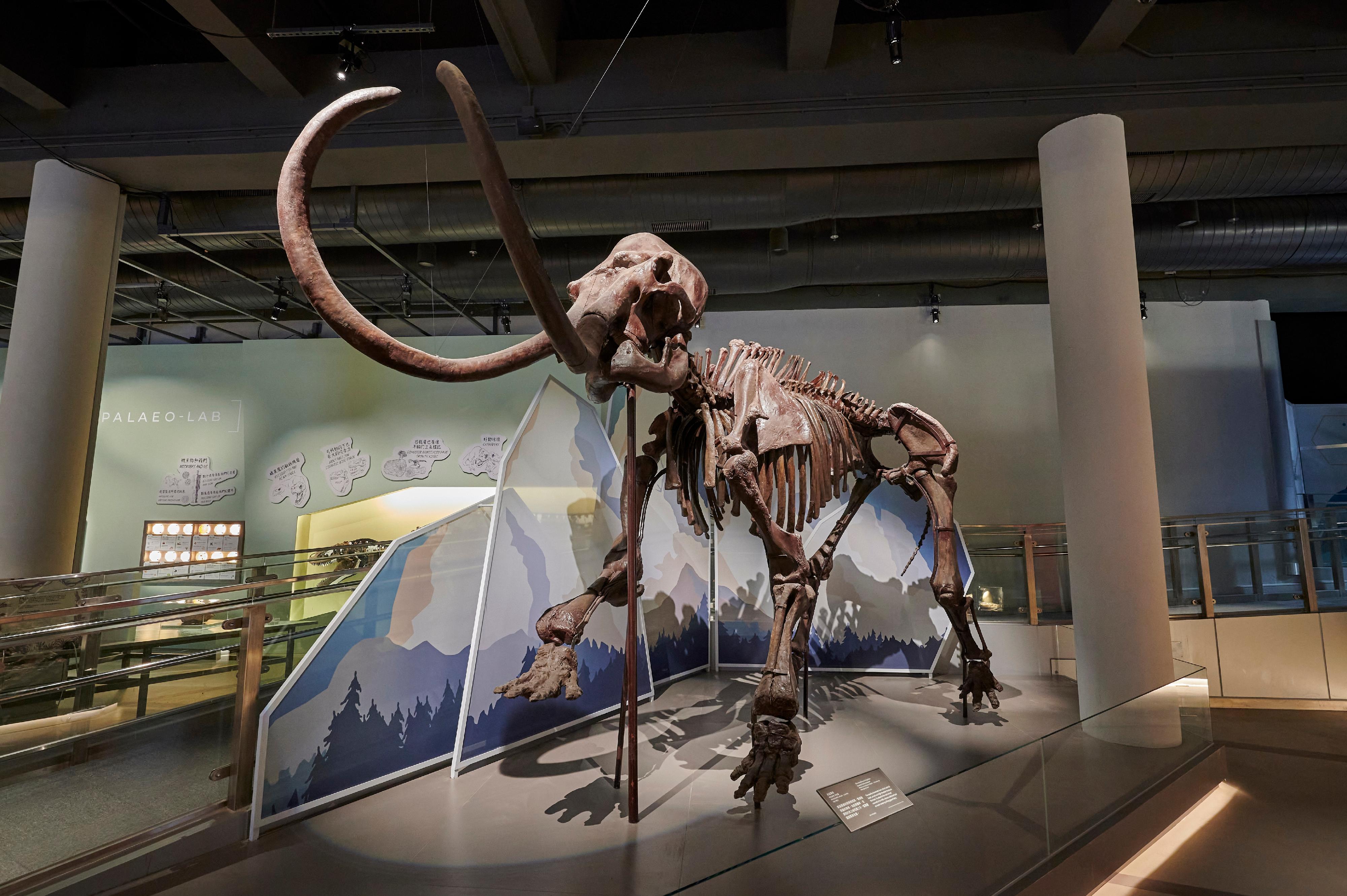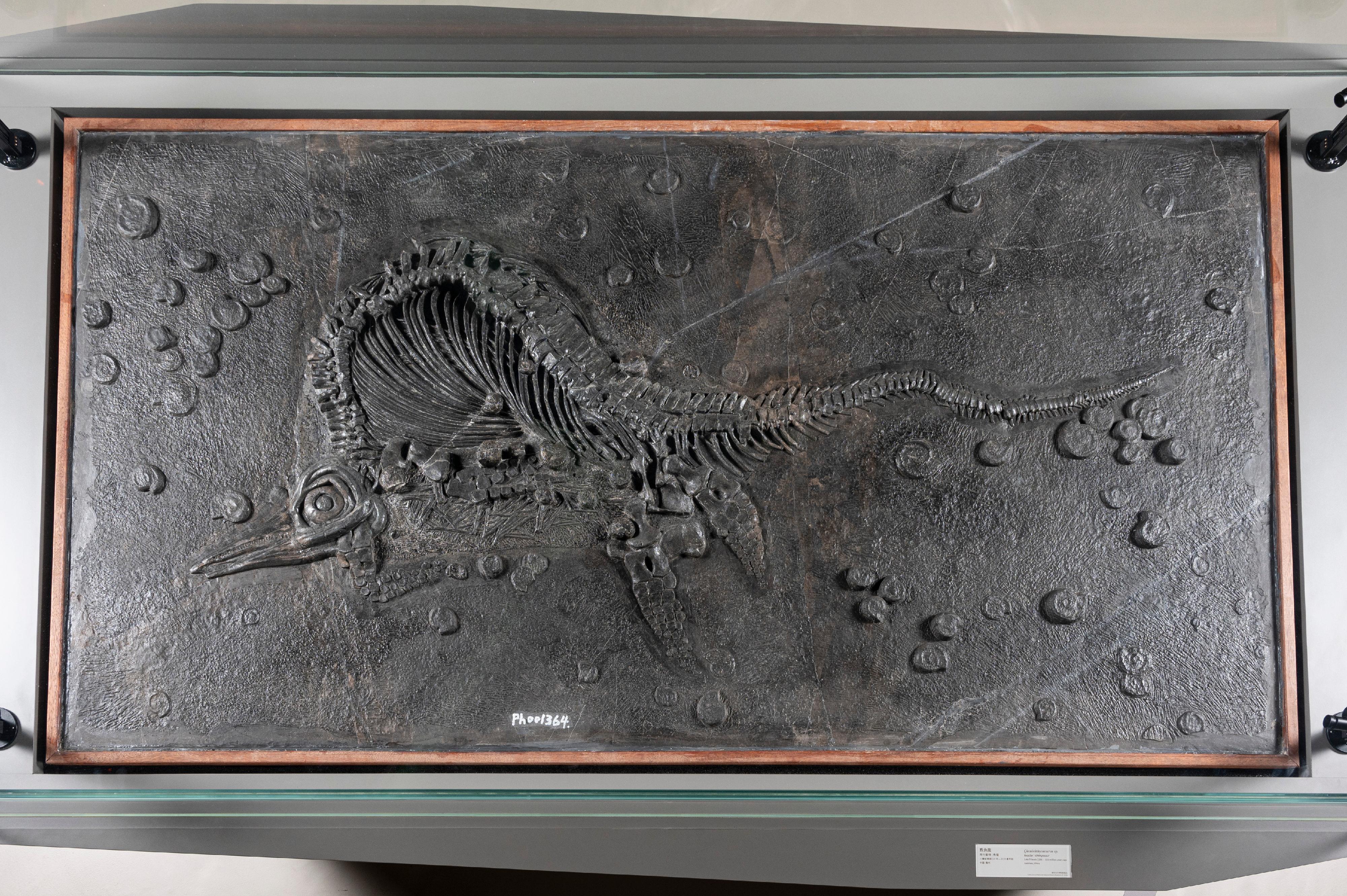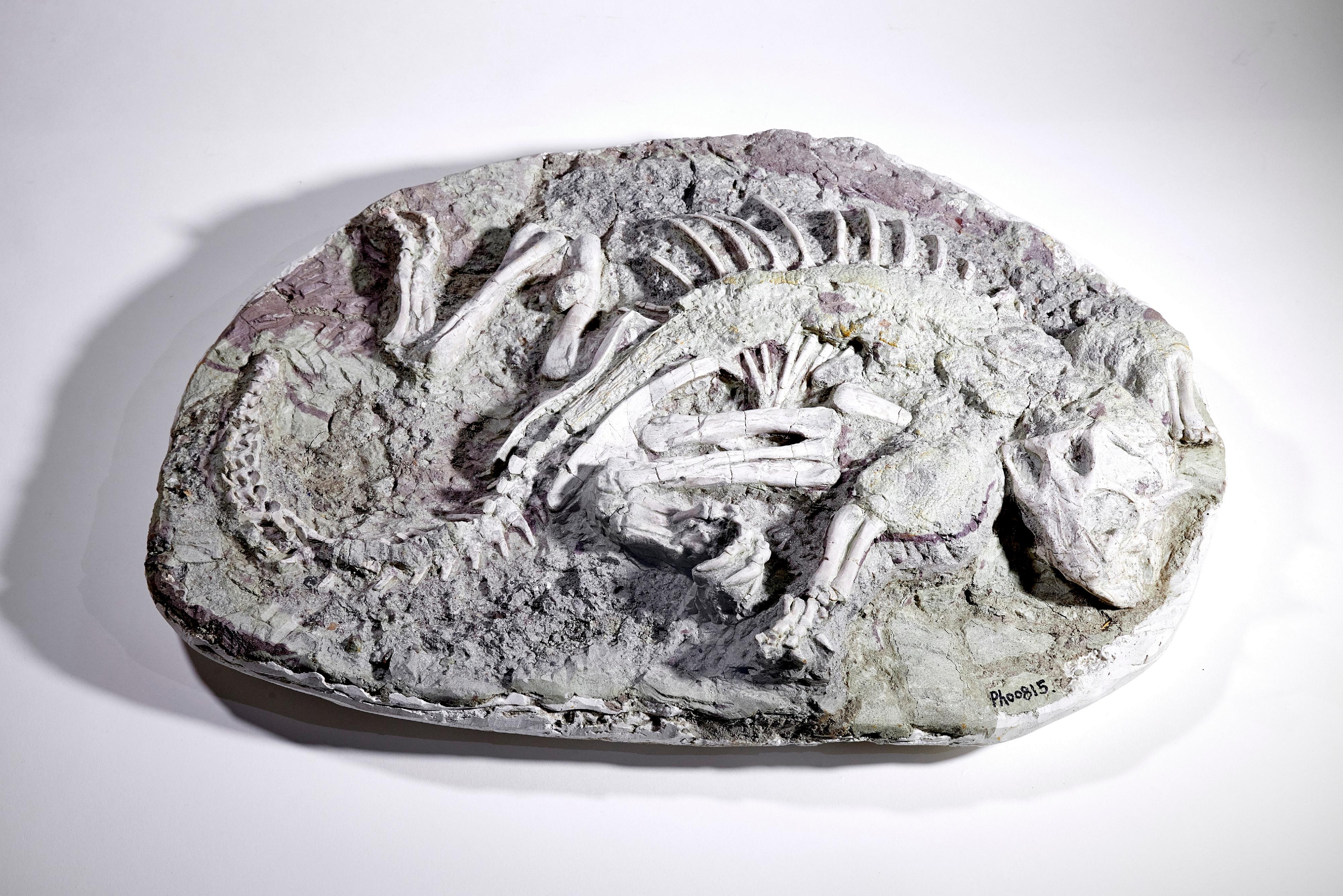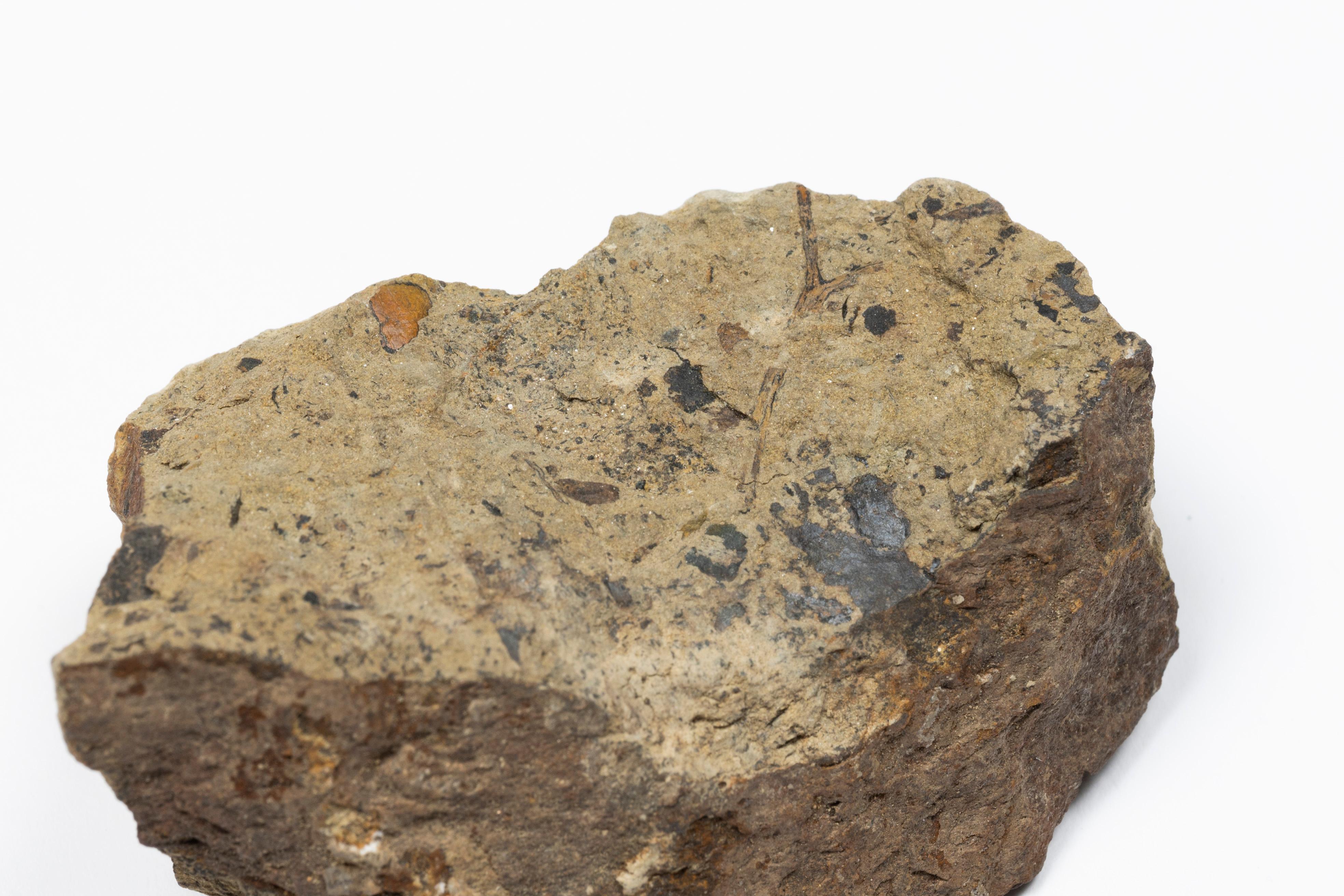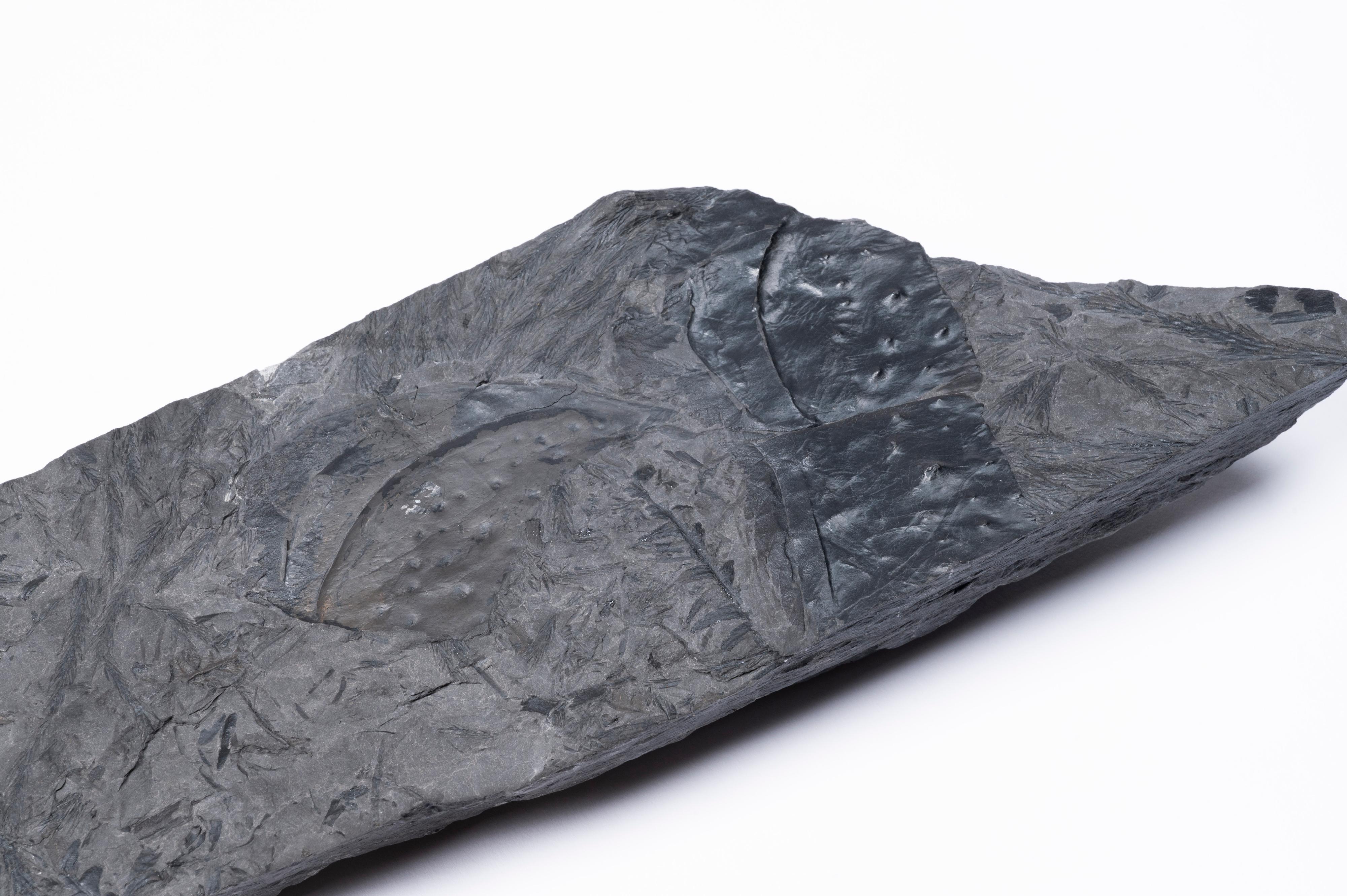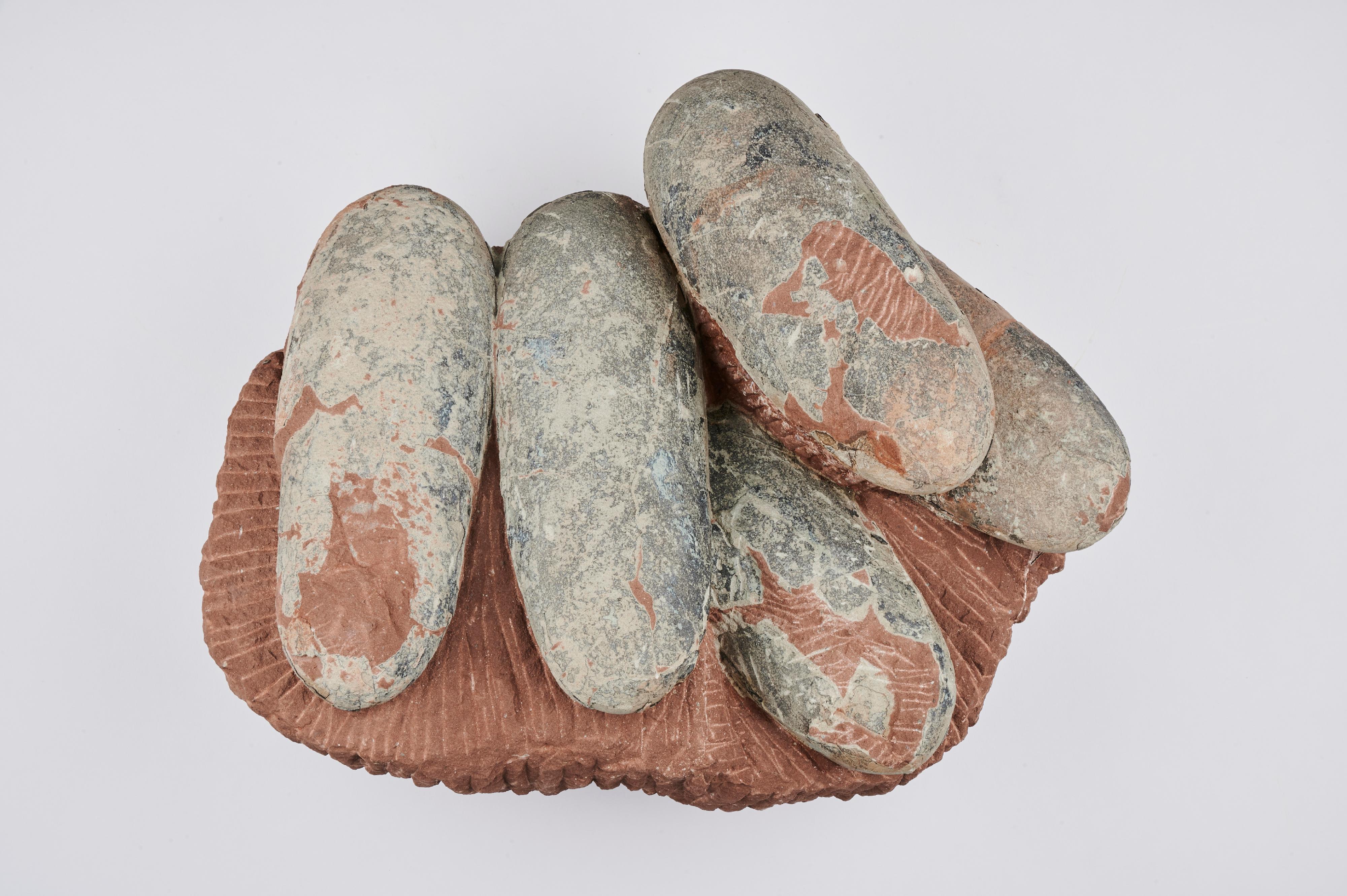Hong Kong Science Museum's permanent exhibition "Extinction·Resilience" to close partially from April 6 (with photos)
******************************************************************************************
The current exhibition features over 100 sets of precious animal and plant fossils of different periods. A total of 75 sets of fossils, including those of a woolly mammoth fossil more than three metres tall, a Qianichthyosaurus and a mummified Psittacosaurus, will soon be returned to the National Natural History Museum of China. Members of the public are urged to grasp the opportunity to visit the exhibition.
During the partial closure of the exhibition, members of the public can still see precious fossils including the stromatolites formed three billion years ago, and interesting interactive exhibits at the gallery. Visitors can also learn about the intricate processes involved in the formation and excavation of fossils.
After the renewal of exhibits, visitors will be able to see some new exhibits and fossils, including one of the earliest land plants on Earth, a Cooksonia barrandei fossil 423 million years ago; the largest land-dwelling arthropods in history, a dorsal exoskeleton fossil of Arthropleura 300 million years ago; and elongated dinosaur eggs in the late Cretaceous 70 million years from now.
The Hong Kong Science Museum is located at 2 Science Museum Road, Tsim Sha Tsui East. For details of the exhibition and its admission fee arrangements, please visit hk.science.museum/en/web/scm/exhibition/pg.html, or call 2732 3232 for enquiries.
Ends/Friday, March 29, 2024
Issued at HKT 17:00
Issued at HKT 17:00
NNNN





